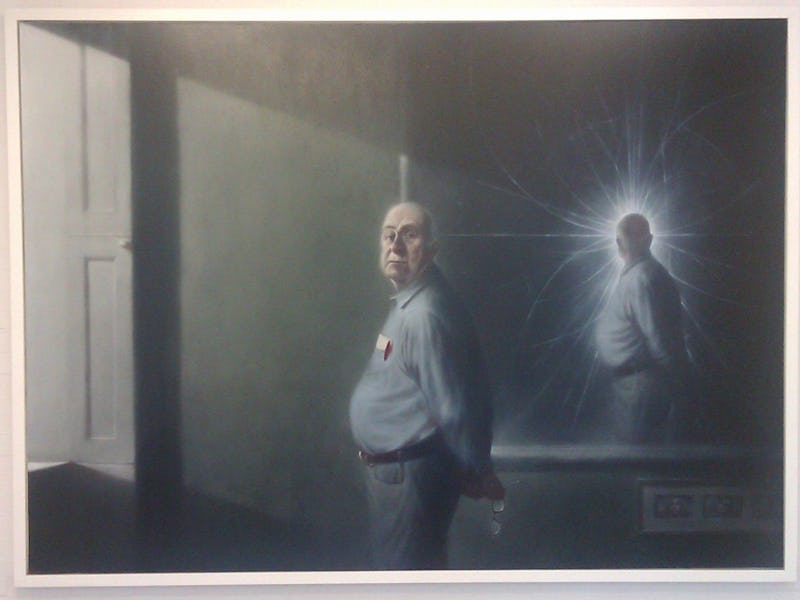Five Years Later, What the Higgs Boson Really Means
The elusive "God Particle" was first observed five years ago this month.

July marks the five-year anniversary of CERN announcing its discovery of the Higgs boson particle and in the years since, physicists have pored over data and additional research to develop a better understanding of the elusive particle.
The Higgs boson was, for decades, the last puzzle piece needed to complete the Standard Model of particle physics, or a unified explanation for the behavior of matter and the fundamental forces that have shaped our world and universe. The theory, first developed in the 1970s, explains the strong, weak, and electromagnetic forces that mold everything there is. These forces are carried out when particles called bosons are exchanged among matter — the transfer of these particles is what actually imposes the various fundamental forces. While there is a fourth fundamental force — gravity, it is excluded from the Standard Model because its effects are almost nonexistent on the tiny scale of subatomic particles.
By 1995, all of the 17 particles predicted by the Standard Model had been discovered except for one. And it was not until 2012 when physicists at CERN flipped the switch at the Large Hadron Collider that they finally found something that fit the profile for the missing Higgs.
It turns out that the Higgs boson was heavier than expected, and other, smaller particle accelerators and colliders couldn’t generate enough energy to create the Higgs.
When they announced their discovery to the world on July 4th of that year, the room was overcome with emotions. Some physicists, as seen in the video below, began to tear up over something they never expected to see in their lifetimes.
“I began my research career on 4 July 1986 at Harvard University, in the US, with Carlo Rubbia. Professor Rubbia liked to have group meetings on national holidays in the US. My first project was to look for the decay of a Higgs into gamma gamma in the UA1 experiment’s data,” writes Colin Jessop, a CERN physicist from University of Notre Dame. “Exactly 26 years later we announced the discovery of a Higgs to gamma gamma and my group was part of the CMS team doing that analysis. It only took 26 years to the day to complete the project that Professor Rubbia assigned me on my first day.”
In the next years, CERN researchers conducted more experiments to verify that they had in fact observed a Higgs boson rather than a random glitch in their data, and then research came to a halt while they worked on upgrading the Large Hadron Collider to generate even more powerful collisions that would yield more massive particles.
In 2015, when the Large Hadron Collider ran more data, scientists once more observed the Higgs boson. This time they were looking for all eight of the particle pairings into which the short-lived Higgs was expected to decay, but to date this hasn’t been accomplished.
In addition to a better understanding of the Higgs’ specific properties, CERN physicists hope to uncover a new theory of physics that goes above the Standard Model based on Higgs data.
“We’ve only begun to study the Higgs, and we don’t know what secrets it might hold,” Northeastern University physicist Andrea Massironi said in 2016 after those newer data had been analyzed.
In the meantime, research continues at the Large Hadron Collider, where their capacity to generate increasingly massive particles is being used in the search for dark matter and to get a better understanding of comparatively-large subatomic particles, with new preliminary results published just last week.